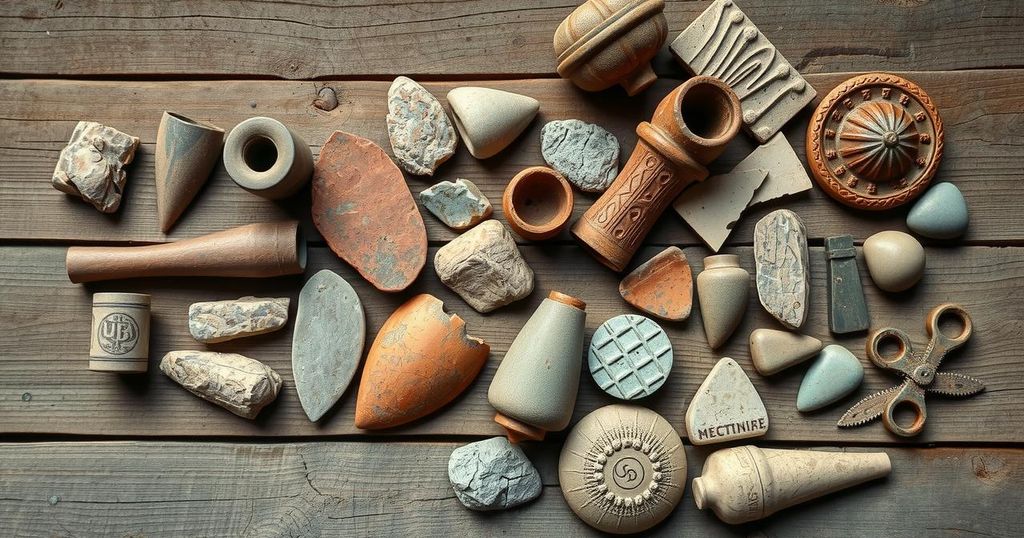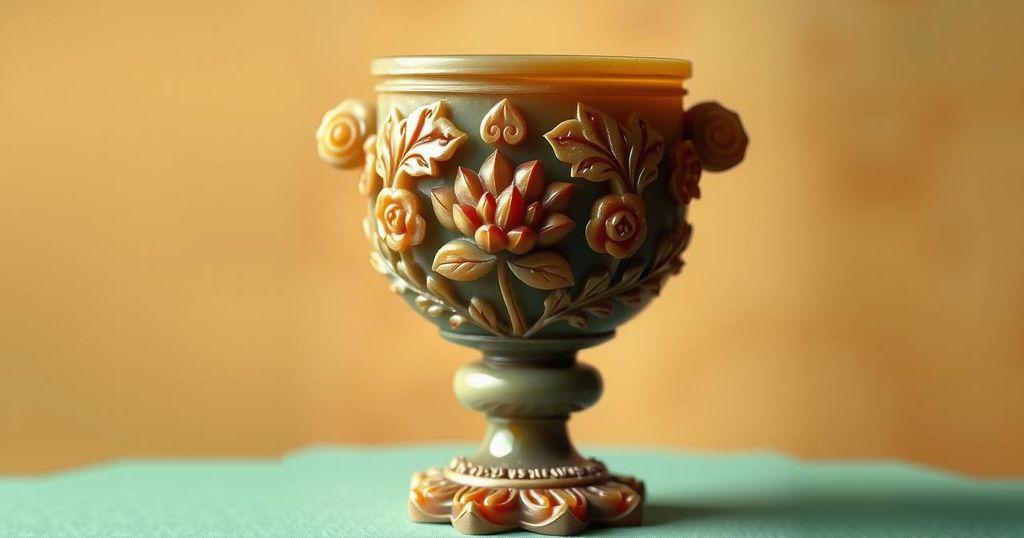The Great Mughals exhibition at the Victoria and Albert Museum showcases over 200 artefacts from the Mughal Empire, highlighting the cultural syncretism and artistic opulence from 1560 to 1660. It features works from emperors Akbar, Jahangir, and Shah Jahan, revealing the integration of Hindu, Persian, and European influences. The exhibition runs until May 5, 2024, curated by Susan Stronge.
The Mughal Empire, under Emperor Shah Jahan, celebrated its artistic grandeur through the words of the poet Amir Khusrao, highlighting a rich cultural legacy. An exhibition titled “The Great Mughals: Art, Architecture and Opulence” at the Victoria and Albert Museum in London features over 200 artefacts, showcasing the interplay of cultures from 1560 to 1660.
This exhibition features the reigns of emperors Akbar, Jahangir, and Shah Jahan. Contrary to the views of British colonial Indology that frame the Mughals as outsiders, the reality is that their culture integrated Hindu and Indic elements, as evidenced by illustrated manuscripts depicting stories from the Ramayana.
Curated by Susan Stronge, the exhibition displays beautiful objects such as illustrated manuscripts, textiles, and luxurious gemstones, including a notable spinel once gifted to Jahangir. Mughals also interacted with global influences; Persian, Portuguese, and Italian techniques enriched their artistic practices, contributing to stunning creations like the Taj Mahal.
Shah Jahan’s reign was marked by an eclectic aesthetic, showcased through items like a nephrite jade wine cup that combines designs from Chinese, Hindu, and European cultures. The exhibition ultimately merges elite artistry with everyday craftsmanship, reflecting the Mughal empire’s lasting impact on culture, despite its decline due to internal strife and colonial pressures.
“The Great Mughals: Art, Architecture and Opulence” is on display at the Victoria & Albert Museum until May 5, 2024, curated by Susan Stronge.
The exhibition highlights the rich cultural tapestry of the Mughal Empire, showcasing how it integrated diverse influences and traditions. Through beautiful artefacts and art forms, it illustrates the empire’s wealth and syncretism, which persists in its legacy. The ongoing cultural impact of the Mughals is evident in both high art and everyday items, reflecting their significant contribution to the artistic landscape of the time.
Original Source: hyperallergic.com







